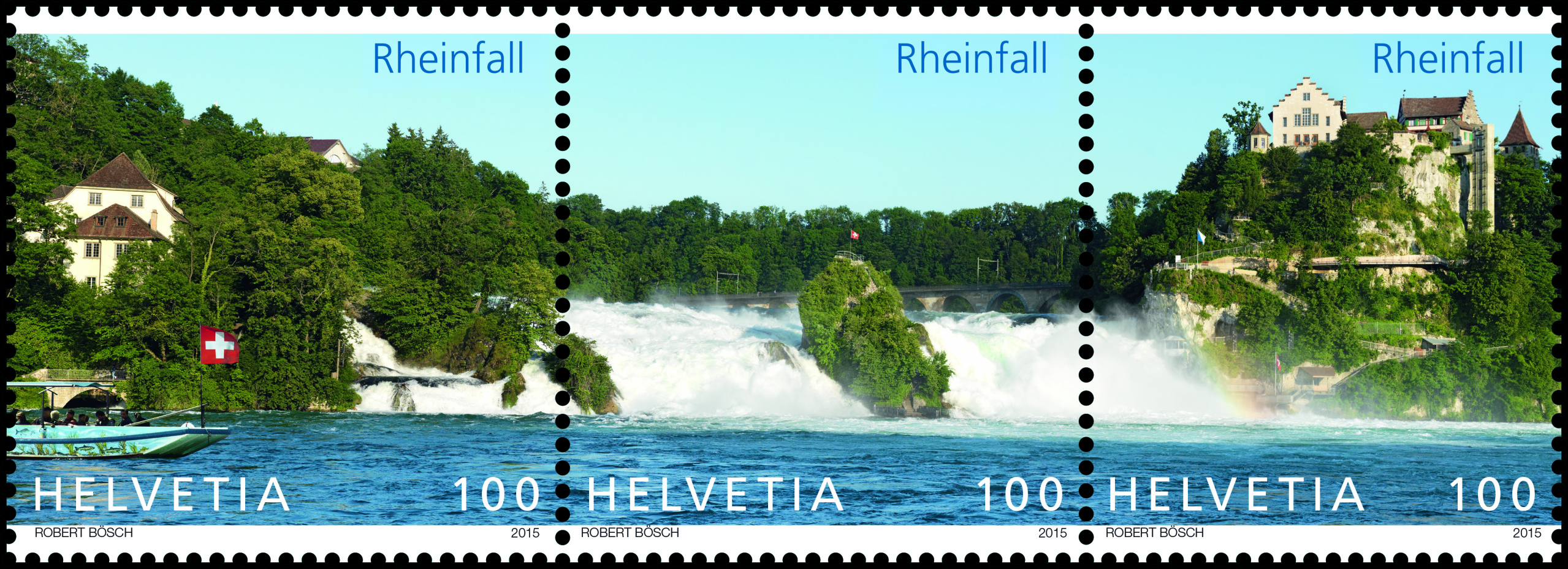Winding between green meadows in the west Flanders countryside, the Wulfdambeek stream is fondly remembered as a place local boys would fill up their water bottles before football games. But research from the University of Exeter has offered a sharp reminder of how intensive farming methods are changing the face of the northern European countryside in ways scientists claim are not being properly understood. The small picturesque tributary on the outskirts of the village of Ledegem, some 15 miles east of Ypres, has been described by Belgian media this week as the most polluted stream in Europe following a report published in the Science of The Total Environment journal.
In a survey of 29 small waterways in 10 European countries, a sample from the Wulfdambeek was found to contain 70 hazardous pesticides – 38 weed killers, 10 insecticides, 21 fungal killers, one protector against herbicides and residues of acetylsalicylic acid, an aspirin used in veterinary medicine. So varied were the pollutants in the stream, and their high the concentration, that the water itself would probably work as a pesticide, said researcher Dr Jorge Casado, from the Greenpeace Research Laboratories at Exeter university. “It’s incredible,” Casado said. “The most important thing to highlight is that there is a lack of ways to assess how this mix of hazardous materials are affecting the ecosystem.”
The local mayor, Bart Dochy, said he was shocked by the results, not least because there was evidence that fish used the waterway. “We have traps in the stream to catch rats. Just further up in the stream from where the sample was taken we caught a pike in one last week,” he said. “It was 50cm long. Okay, it is not water to drink. But it is clean enough to have fish in it.” Dochy said he would be ordering tests on the water to see if he could find out where the pollutants were coming from. “This is a pretty area – the land around is mainly agricultural. We grow vegetables – leeks, cauliflowers and brussels sprouts,” he said. “The sample was taken when there was a drought and not a lot of water in the stream. It is possible that could have influenced it.”
Jarmo Cluyse, 21, told the Het Nieuwsblad newspaper that he used to drink water from the stream when he was young. “Rats are here, I know that, but ducks too,” he said. “Actually, we are not bothered by that stream. You see - I’m still alive.”
Pesticides end up in streams due to spray drift or due to leaching from plants and the soil, or the runoff of rainwater. The streams in the study were chosen for sampling last summer due to the high density of industrialised livestock and arable production within their catchment areas. The research found more than 100 pesticides and 21 drugs of which a quarter are banned. Half of the streams analysed - in Austria, Belgium, Denmark, France, Germany, Italy, the Netherlands, Poland, Spain and the United Kingdom - contained at least one pesticide above permitted levels.
Source: The Guardian, 12 April 2019
https://www.theguardian.com/environment/2019/apr/12/flanders-stream-so-…

- Login om te reageren
